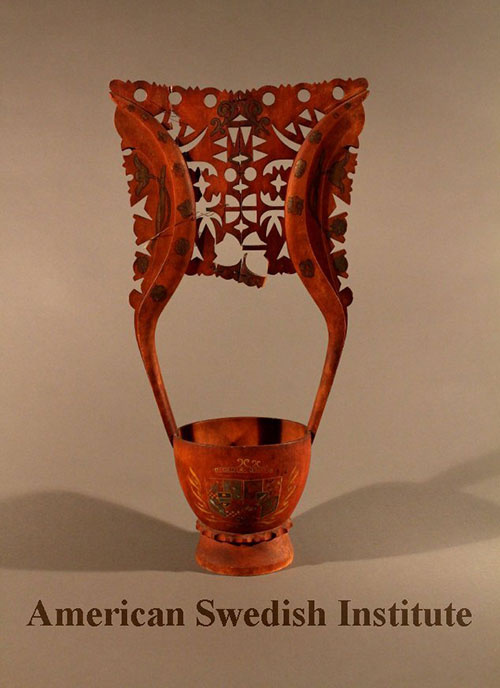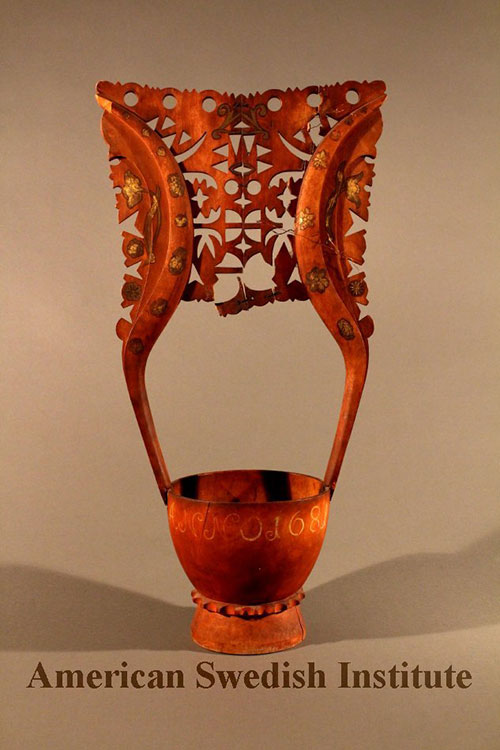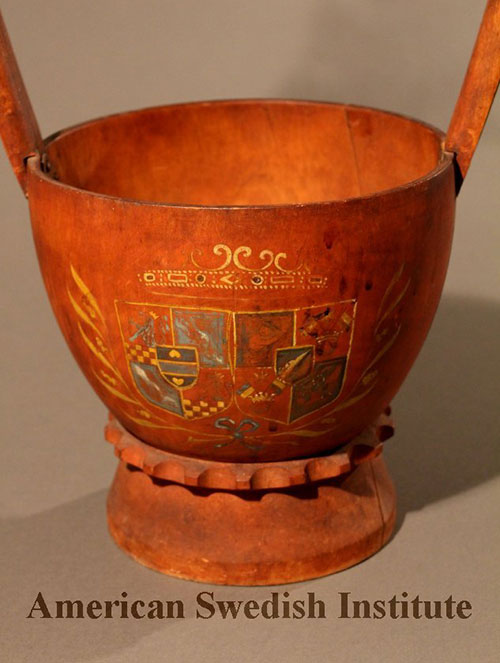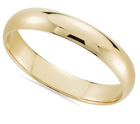 During Swedish, Finnish, Sami weddings, special wedding rituals were traditionally performed – the bride and groom drank from a single vessel, usually wooden and rather ornate, to celebrate their union. This ritual is at least several centuries old. To prove that, we can find these wedding cups in various Scandinavian museums. Today, the newlyweds drink champagne from delicate glass flutes, in the past, people used intricately-carved wooden cups. Like the one we’d like to show you below.
During Swedish, Finnish, Sami weddings, special wedding rituals were traditionally performed – the bride and groom drank from a single vessel, usually wooden and rather ornate, to celebrate their union. This ritual is at least several centuries old. To prove that, we can find these wedding cups in various Scandinavian museums. Today, the newlyweds drink champagne from delicate glass flutes, in the past, people used intricately-carved wooden cups. Like the one we’d like to show you below.
The wedding cup in Scandinavia had different names – kåsa in Sweden, kuksa in Finland, and guksi among Sami people (Finland, Norway, Sweden). But the idea was the same – it was a wooden cup carved by hand from a piece of wood (most often, it was made from a single piece of wood, a birch burl, to be particular).
Ceremonial bridal cups were more ornate, they could be adorned with carved designs or letters, painted patterns, etc. Also, the shape of a wedding vessel could be a bit more elaborate than just a simple cup. Sometimes, it was a masterpiece produced by a skilled artisan, and it took many hours to make and decorate one.
Here’s a lovely wedding cup from the late 17th century. It is a museum exhibit stored in The American Swedish Institute. And it looks really impressive.


This ceremonial Swedish kåsa is from 1681 (which is determined by the marking on its side). It has a large and very ornate handle made in a crown-like design. The body of the cup is embellished with two painted heraldic badges or emblems – probably, they were the bride’s and groom’s family crests (which is a wonderful idea, if you ask me).

Today, many countries have a wedding ritual, according to which the newlyweds drink from a single vessel to celebrate the arising of a new family, new union, and to show the devotion to your honey. Obviously, this ritual isn’t new, it was practiced centuries ago. The ceremonial vessels changed with time, but the tradition remains.

